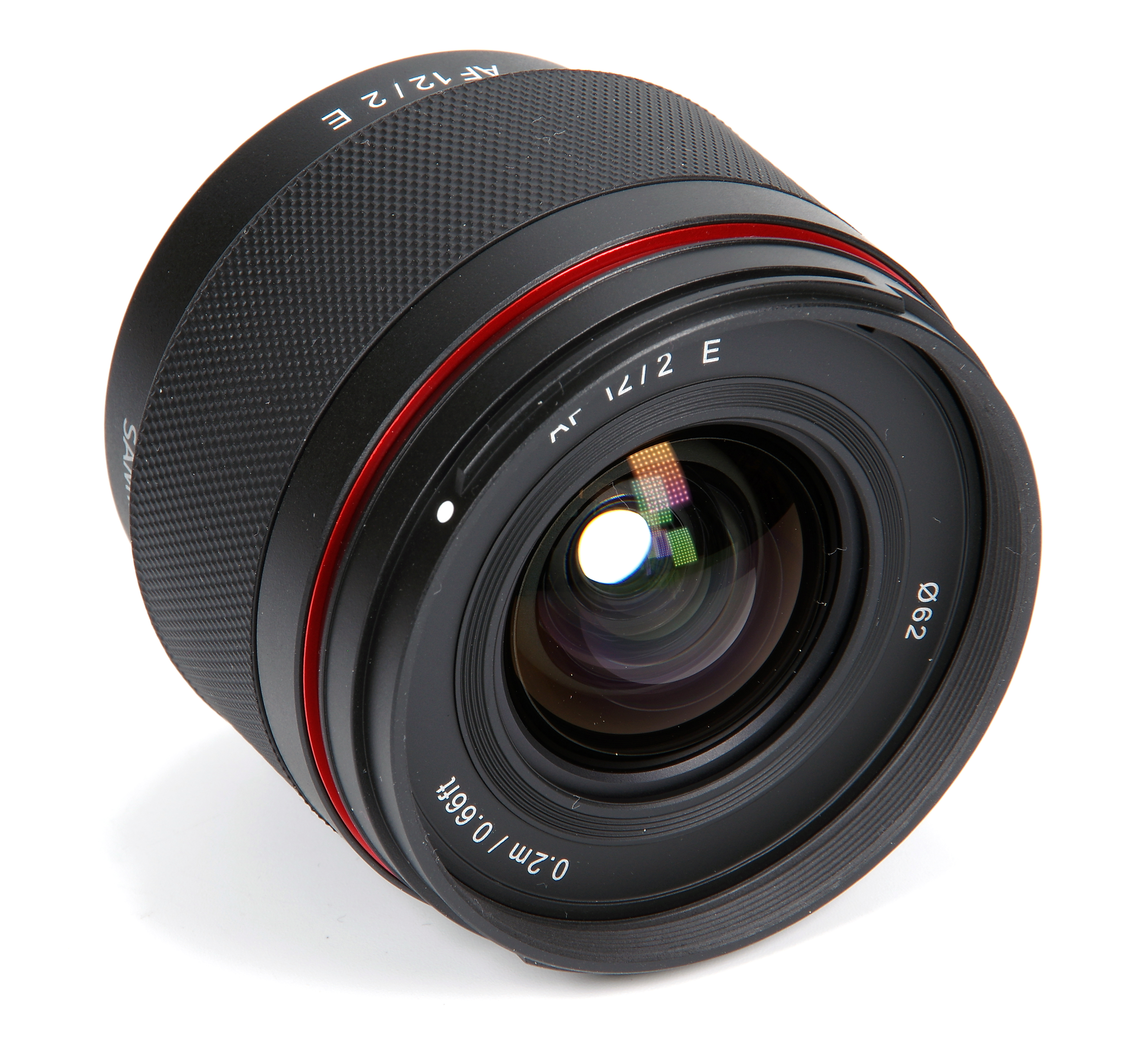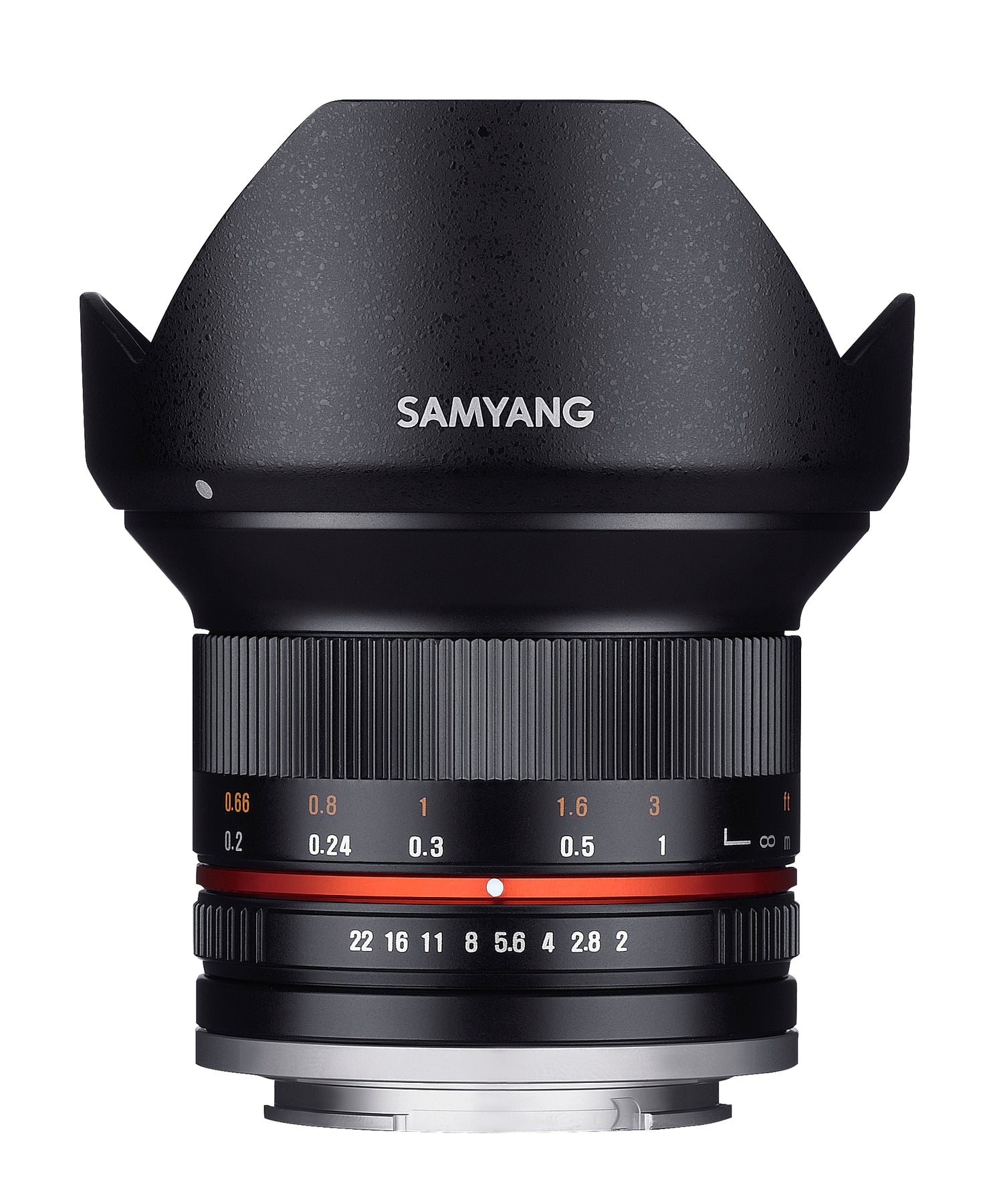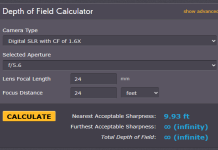Okay, let’s talk about that Samyang 12mm f/2.0 lens for Sony E-mount cameras. I’d been wanting something really wide for my Sony setup for a while. You know, for grabbing big landscape shots or shooting indoors where space is tight.

Getting Started
I looked around quite a bit. There are native Sony lenses, sure, but the prices, man. That’s when I stumbled upon the Samyang, or Rokinon, depending on where you look, same thing really. The 12mm f/2.0 seemed like a sweet spot – super wide, and that f/2.0 aperture is fast, good for low light, maybe even some starry sky stuff. And the price? Way more manageable.
So, I pulled the trigger and ordered one. When the box arrived, I opened it up. First impression? It felt pretty solid, actually. Mostly plastic, yeah, but dense, not cheap-feeling. It’s small and light too, which is nice on the smaller Sony bodies. I popped it onto my camera. Click. Nice fit.
The Manual Experience
Now, here’s the main thing: it’s fully manual. Manual focus, manual aperture ring right on the lens. No electronic contacts talking to the camera body. I knew this going in, but it’s different when you actually start using it.
First time out, I had to remember how to work with manual focus properly. Thank god for focus peaking on the Sony cameras. You turn that focus ring, and the sharp bits light up on your screen. Super helpful. The focus ring itself felt okay, smooth enough, though maybe a tiny bit stiff initially. The aperture ring clicks nicely into place, which I like. You know exactly what f-stop you’re on without looking.
Shooting with it took some practice. At f/2.0, even with a wide lens, you still need to nail the focus. Peaking helps, but sometimes zooming in on the screen (focus magnifier) is the way to go, especially for critical stuff. For landscapes stopped down to f/8 or f/11, focus is more forgiving because so much is sharp anyway. Set it towards infinity and you’re mostly good.

Image Quality and Use Cases
So, how did the pictures look? Honestly, pretty damn good, especially considering what I paid.
- Sharpness: It’s sharp. Really sharp in the center, even wide open at f/2.0. The corners get softer, which is totally expected for a lens this wide and fast, especially at this price point. Stop it down a bit, like f/4 or f/5.6, and the corners sharpen up nicely.
- Distortion: It’s a 12mm lens, so yeah, there’s barrel distortion. Straight lines near the edge of the frame will bow outwards. You can fix this pretty easily in editing software if it bothers you. For me, sometimes I just leave it, part of the ultra-wide look.
- Low Light: That f/2.0 aperture is great. I used it indoors without flash quite a bit. I even tried some basic astrophotography. Point it at the night sky, open it up to f/2.0, crank the ISO a bit, and you can capture stars. Coma (where stars look like little seagulls in the corners) is there, but again, for the price, it’s impressive.
- Handling: Being small and light, it balanced really well on my camera. Didn’t make the setup front-heavy. It became my go-to walkaround lens when I knew I wanted wide shots.
Final Thoughts
I used this lens a lot for a couple of years. It went on hikes, city trips, you name it. It forced me to slow down a bit because of the manual focus, which wasn’t always a bad thing. Made me think more about the shot.
Was it perfect? No. The manual focus can be tricky for moving subjects, and the corner softness wide open is noticeable if you pixel peep. The distortion needs correcting sometimes. But honestly, the value you get is fantastic.
It’s a great way to get into ultra-wide photography without breaking the bank. Especially good for landscape shooters, architecture, interiors, and even astro if you’re starting out. If you’re on a Sony E-mount and want wide without spending a fortune, and you don’t mind going manual, I’d say definitely check out the Samyang 12mm f/2.0. It punched way above its weight for me.










